Influencer of Spiritual Formation in Malaysia (3)
Influencers of Spiritual Formation in Malaysia (3)
Post Colonialism
Post colonial legacy is another influencer on spiritual formation. The fall of Malacca to the Portuguese in 1511 is not a colonisation attempt but a commercial enterprise to capture key points in the Asian spices trading network. The Portuguese under Albuquerque did not aspire to extend their territory beyond the port of Malacca (Andaya and Andaya 2001, 58-60)
The Treaty of Pangkor (1874) was often taken to be the starting point of the British colonisation of Malaya. It was a gradual transition that over a period of 50 years, through a series of agreements, the whole of Malaya came to be under the control of the British and is called ‘British Malaya’. It was in the 1890s that the tin mines concessions and plantations come under British hands. By 1919, the tin industry, early plantation crops, rubber industry, palm oil industry, and padi farming were firmly in British hands. (Andaya and Andaya 2001, 160-255).
Of all the Third World countries, only Thailand and Liberia escaped colonialisation by the European powers. Parratt notes, “Colonialisation was thus a total system: it deprived the colonised of their own political structures, subjected their economies to the needs of the West, and destroyed large areas of cultural and social life.” (2004, 4). The colonial legacy comes about when political boundaries are drawn arbitrary, often dividing families and tribal groups; removing existing political systems which are often tribal or family based and replaced by an European political system which is often a form of dictatorial type; economies are changed and resources exhausted without regards to ecology to feed the demands of the colonialists, and to create a captive market for the goods produced in the West.
Colonialisation also caused anthropological poverty; “the denigration of integrity, humanness and culture.” (Parratt 2004, 5). A foreign language was often imposed by the colonial masters, local culture, traditions, and indigenous religions were often suppressed and replaced by the culture and religion of the colonialists.
Some of the negative post colonial legacy left by the British in Malaysia are
-Racial division. The British adopted a ‘divide and rule’ policy and made no attempts for the integration of the Chinese, Malays, and Indians. This has resulted in racial polarisation which is a major problem in Malaysia today.
-Loss of valuable nature resources.
Ecological disasters caused by destructive mining methods such as strip tin mining and loss of thousands of acres of virgin jungle to be replaced by rubber plantations.
-The British legal system which is inadequate system and now exist alongside the Muslim Syariah courts.
-The English language that became the main medium of instruction. Thus speakers of this language became an elite within the colonial system
-An inefficient bureaucratic government service
-The perception of superiority of the British, the British Empire and anything Western.
-Christianity associated with colonialism and exploitation. It is a “white man’s religion.”
Some of the positive post colonial legacy left by the British are
· A nationalistic movement which led to independence and self-rule
· Christian missionaries
· Christian schools
· English language
· Christianity have a foothold
The major legacy is the deep polarisation of the races. The Malays were restricted to padi farming, the Chinese to tin mining and commerce, and the Indians to rubber plantations. Subsequently each race developed their self-sufficient communities including their own vernacular schools and there are very little interactions between the races. The majority of Chinese and Indians live in British controlled areas and some worked for the British. Barbara Andaya, Professor in the Asian Studies of the University of Hawaii, and Leonard Andaya, Professor of History from the same university, writes, “In colonial societies so efficiently compartmentalised, the Chinese and Indians understandably regarded the Malays and other indigenous groups as standing basically in the same relation as themselves to the colonial authority. Each was assigned a role, which was performed according to British prescriptions.” (2001, 342) This has led to deep suspicions between the races and is a threat to racial harmony. The memory of the racial riots of 1969 is a constant reminder of how precariously balanced on a knife’s edge is the racial relationships in the country. This racial suspicion has a powerful effect on the societal spiritual formation in the communities of faith.
Bibliography
Andaya, B. W. and L. Y. Andaya (2001). A History of Malaysia. Hampshire, UK, PALGRAVE.
Labels: Influencer, Spiritual Formation




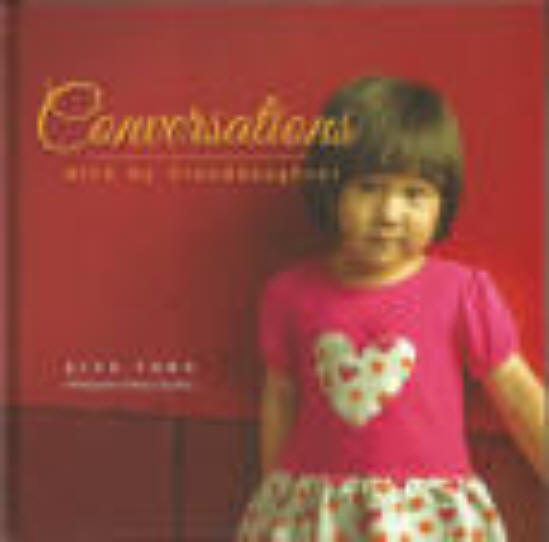
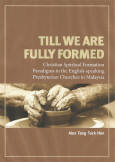
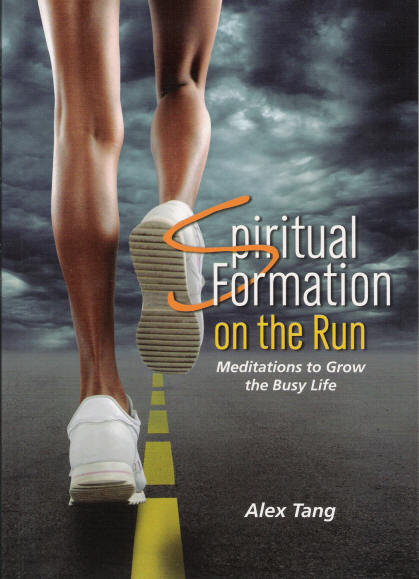
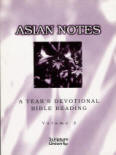
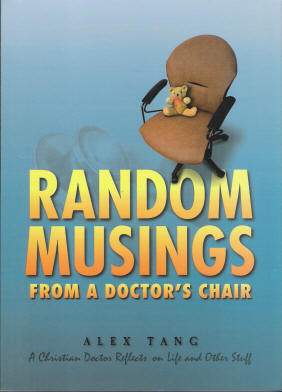




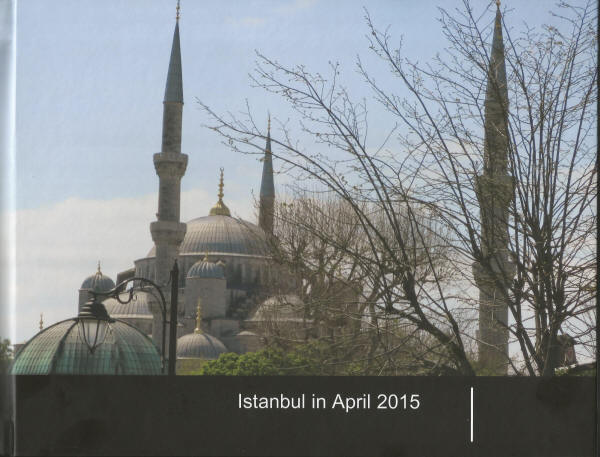
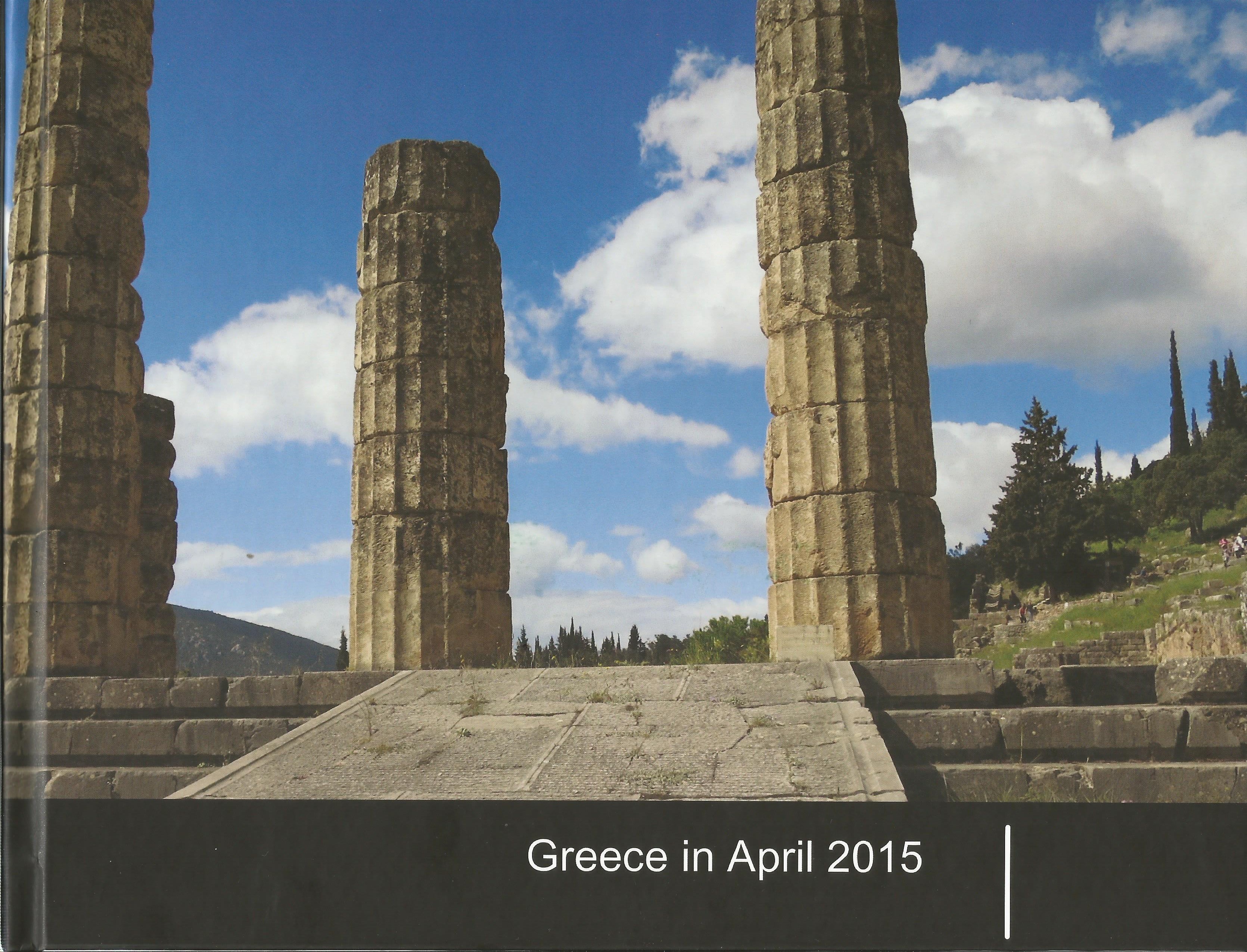
0 Comments:
Post a Comment
<< Home